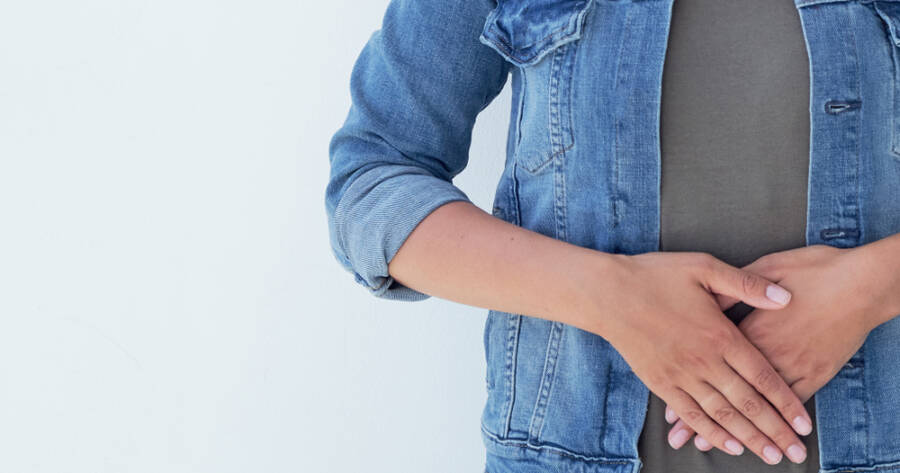Diverticulitis affects many adults as they age and is linked to a poor diet and unhealthy lifestyle. Fortunately, you can learn everything you need to know about diverticulitis with a search online right now, which could help you spot early symptoms.
It occurs when small, bulging pouches, known as diverticula, develop in the digestive tract and become inflamed or infected. Symptoms can range from mild discomfort to severe pain, making it crucial to recognize them early for effective management.
Understanding Diverticulitis
Diverticulitis is a condition that primarily affects the colon. When diverticula form here, they can easily become inflamed. It begins as diverticulosis, where pouches form but don’t cause discomfort. When these pouches inflame, it leads to diverticulitis.
This condition often results from poor dietary habits and aging. For example, a low fiber intake and sedentary lifestyle. Fiber helps to keep stools soft and reduce pressure on the colon. Without enough fiber, the risks of pouch formation increase.
Common Symptoms of Diverticulitis
The symptoms of diverticulitis can vary in intensity. The most common symptom is abdominal pain, usually on the lower left side. This pain can be sudden and severe or mild but worsening over time. You might also experience some changes in bowel habits, either constipation or diarrhea. Some individuals may experience both intermittently.
Other common indicators are fever and chills which indicate the body is fighting an infection. As well as nausea and a lack of appetite which can lead to unintentional weight loss. If these symptoms appear with abdominal pain, medical attention is advised.
When to Seek Medical Attention
It’s crucial to know when to seek help. Persistent or severe symptoms warrant a doctor’s visit, such as intense abdominal pain or fever. Other key signs to look out for are bleeding from the rectum. It can appear as bright red or dark blood in stools. This symptom always requires medical evaluation as it can indicate a severe form of diverticulitis or other serious conditions.
If symptoms interfere with daily activities, don’t delay in seeking help. This includes prolonged changes in bowel habits or persistent pain. A healthcare provider can offer treatments to manage these issues effectively.
Diagnosing Diverticulitis
Diagnosis typically involves a physical exam where the doctor will check for abdominal tenderness and assess any other symptoms. This initial exam is an important first step in the diagnosis. Imaging tests are often necessary for a definitive diagnosis. These may include X-rays, CT scans or ultrasounds. These tests can visualize the diverticula and any inflammation.
Blood tests can also be part of the diagnostic process. They can check for signs of infection or inflammation. For example, elevated white blood cell counts often indicate infection. These tests help in confirming the presence of diverticulitis.
Treatment and Management
Treatment depends on the severity of symptoms. Mild cases might only require dietary changes and antibiotics which aim to reduce inflammation and prevent infection. It’s important for patients to follow their doctor’s dietary recommendations closely.
For more severe cases, hospitalization might be necessary. This can include intravenous antibiotics and pain management. In rare cases, surgery may be required. This is typically for complications like perforation or abscess formation. Long-term management often involves dietary adjustments, such as a high-fiber diet to help prevent future episodes.
Preventing Diverticulitis
Prevention focuses on diet and lifestyle changes. Eating a high-fiber diet full of fruits, vegetables, and whole grains is key. These foods help in keeping the digestive system healthy. You should also be vigilant about staying hydrated because water intake helps prevent constipation. This, combined with a high-fiber diet, can significantly reduce the risk of diverticulitis.
Regular physical activity is also beneficial. It helps in maintaining a healthy weight and promoting bowel regularity. Even moderate exercise like walking can have positive effects. Incorporating physical activity into daily routines can provide long-term benefits.
Learn More About Diverticulitis Today!
Recognizing and managing the symptoms of diverticulitis is crucial for maintaining digestive health. Awareness of the condition, its symptoms, and risk factors can lead to early detection and effective management. By making informed dietary and lifestyle choices, individuals can reduce their risk of developing this condition and ensure a healthier, more comfortable life.
To keep your gut happy and healthy, dive deeper into the world of diverticulitis online. There’s a wealth of information available that can help you understand this condition better. From knowing what foods to eat to recognizing warning signs, the more you learn, the better you can take care of yourself. Start your search today and take a big step towards better digestive health!
